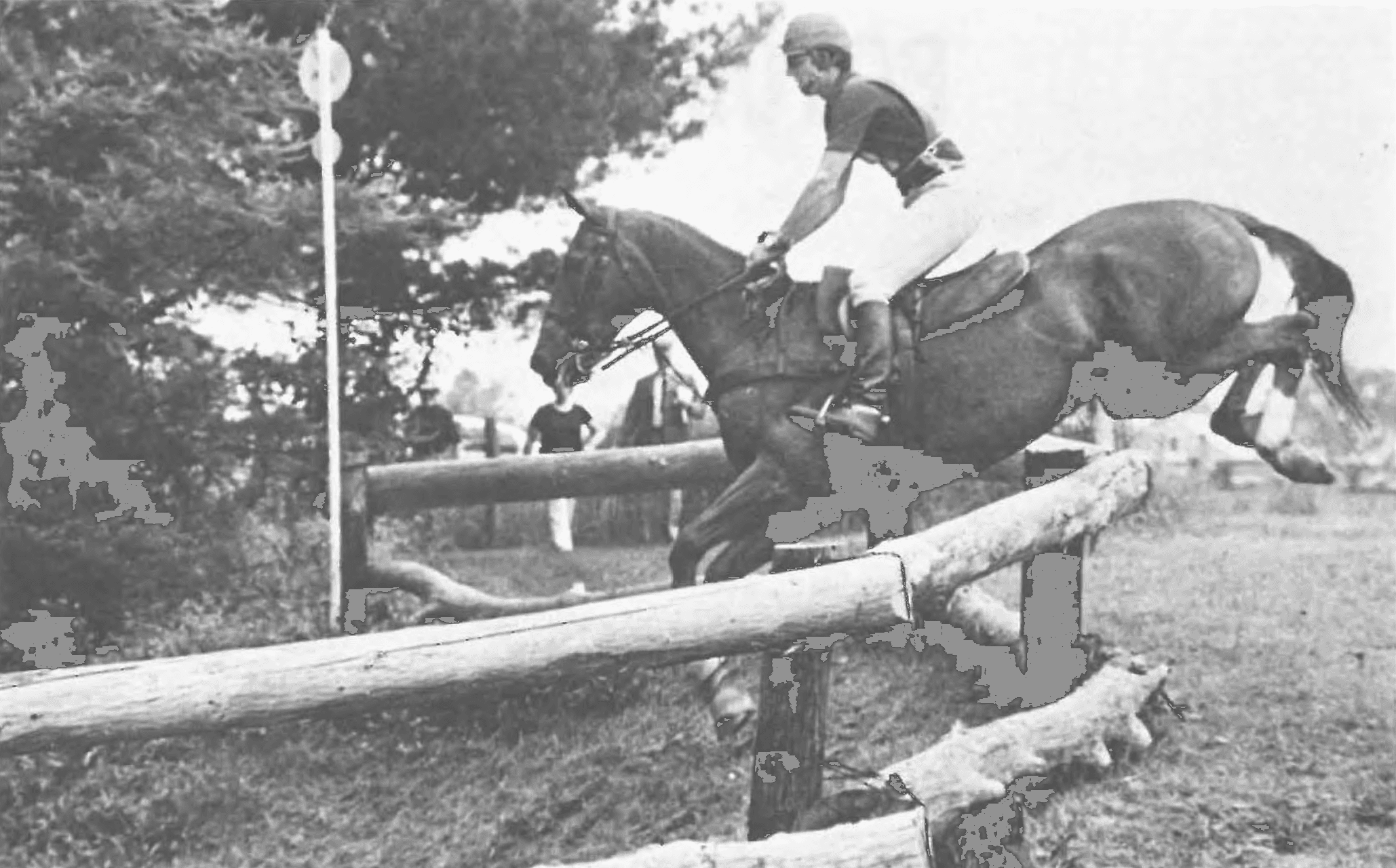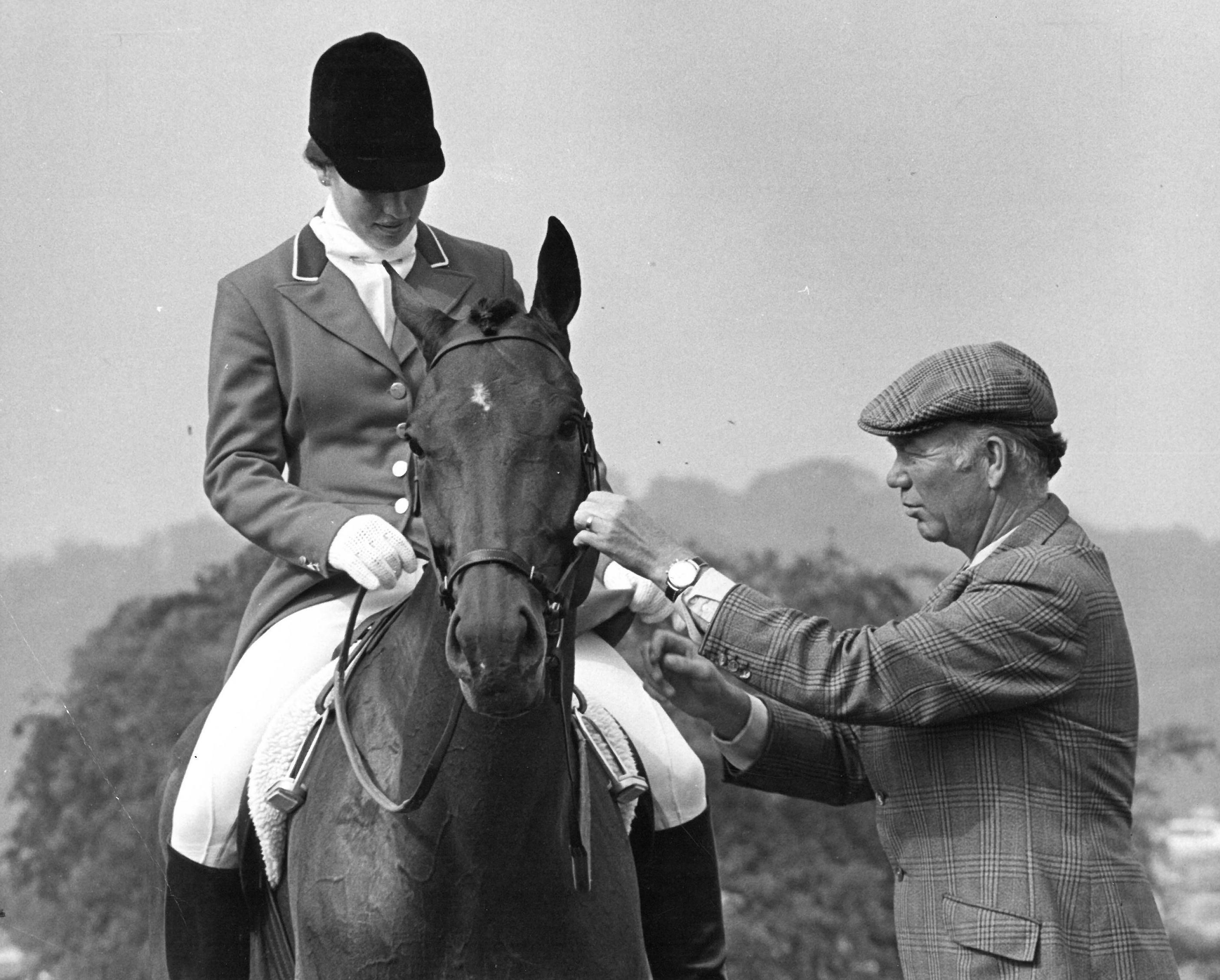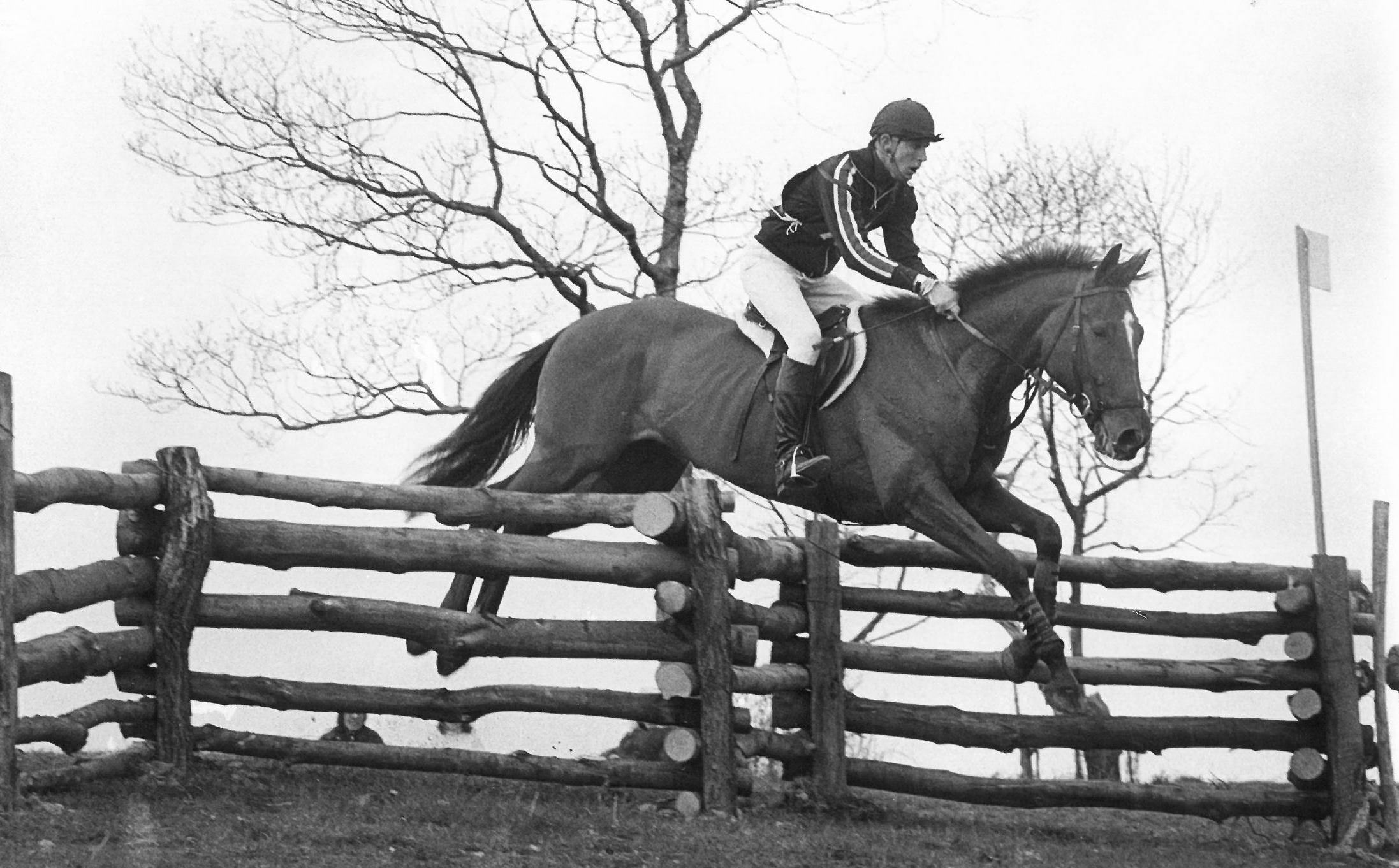USCTA Throwback: Preparing for the Cross-Country

The United States Eventing Association turns 60 this year! In honor of the occasion, we'll be throwing it back with articles from previous USTCA News and Eventing USA magazines to celebrate 60 years of eventing in the United States.
This article originally appeared in the July 1973 issue of USCTA News magazine. Jack LeGoff coached the USET Eventing Team from 1970 to 1984, during which time the United States is said to have experienced the "Golden Age" of eventing. Under his leadership, the USET earned an unprecedented 18 medals in international competition.

Early Schooling for Cross-Country
Start teaching your horse to jump by working over cavallettis first at the walk and then by trotting over them slowly. Then school him over a variety of small fences at the trot. Schooling over low fences will build the horse's confidence. Then do the same thing at a slow canter. Remember, never force your horse over high fences as he will lose his confidence. Gradually add ditches, banks, drops, and water jumps and bullfinches to the usual fences, and when your horse handles these with ease you are both ready for serious cross-country schooling.
Requirements for Cross-Country Riding
There are several requirements - the right speed, the right impulsion, the right balance, and the right timing. I put timing last in cross-country because here timing is more the work of the horse than of the rider as compared to stadium jumping.
The Importance of Correct Speed
Speed is very important. When you play a game, you have to know the rules. If you don't know what your speed can be and actually is, you will just go flat out or too slow. The most important thing to do is to go clean, first. Horses that travel at slower speeds are less apt to get hurt, less apt to hurt their riders, less apt to come in with poor condition or attitudes for the next day's jumping test. Unnecessary speed makes horses excited and disobedient. It doesn't make any sense to go too fast or faster than is safe and good for the horse. The right speed is very important. If it is right, you are in pretty good shape.
You must not go into a fence sawing on a horse's mouth. This makes him raise his head so that he can't see the jump. He has to see where he is going, just where to put his feet. You must not mess around with your hands at this point.
The speed changes with the particular fence. A spread takes more speed. The horse needs impulsion over the fence, but not in his long approach. Don't go too fast on the flat and then go dead at the fence. Regulate the speed between the fences and go with the horse at the fence, when necessary. But remember to go in slowly if there is a slide or drop or water on the far side of the jump. Don' t go into these fast. Remember, a horse can jump 2 1/2 or 3 feet easily from a trot.

Creating Impulsion
Impulsion is the horse's desire to move forward. If your horse has impulsion, you have only to give him your hands, and the horse moves forward, your legs being close on each side of the horse. The rider regulates impulsion with his hands, but he must create it with his legs. You must have your legs on the horse all the time. Be able to feel your horse with your calves, just feel, not squeeze. You must teach your horse to accept the feel of your leg all the time, just as he was taught to accept the feel of the saddle. If you can't teach him to accept this, get another horse.
Choosing the Correct Line
Sometimes it is much better to take a corner. Pick your line early and be very precise in riding it. You should be in full control of the direction even in the air. Be a pilot, not a passenger.
Jumping Ditches Water Jumps, and Banks
At a ditch, a water jump, or a bank, interfere as little as possible with your horse. Regulate the speed and the direction, but do not regulate the stride. On these jumps, the horse must do this himself. Increase speed, but don't go with a longer stride. Ask with your legs, but hold in a shorter stride. Because a shorter stride meets the right take-off point more easily. Look at the point of take-off line your desire. For once keep your eyes on this line in front of the jump. It will help you to keep your weight forward and your horse will be less apt to jump standing back.
Be careful at a splash not to come in too fast as your horse will trip in the water and lose his balance.
Going up banks, stay close to the saddle with your legs and seat. Don't interfere with the stride. Going down banks, keep your legs on the girth and close them tight to straighten your back a little and keep your balance. If you sit too far back going down a bank, you will get a good buck. Stay forward as much as you can, so as not to lose your balance.

Condition Your Horse for Cross-Country
Get him in good condition with enough wind for a two- or three-mile course. To do this, he should be at a point where he can work for an hour on the flat without tiring. Then gallop him a mile. A week later, having worked every day or nearly every day, gallop a mile again. Never gallop more than two miles at a time. The next week after the mile gallop, give him a three- or four-minute break, then gallop again. Each week this second gallop may be longer. Gradually work this second gallop up to two miles after the three- or four-minute break. (A longer or shorter break will not do). In the last three weeks, gallop him every five days, finishing the gallop going up hill. When the horse finishes this exercise coming uphill strong, he is ready.
Gauge Your Speed
The ideal speed for roads and tracks is 240 meters per minute at a steady trot. It comes out at 1,000 meters (2/3 mile) in four minutes.
If you are supposed to ride at 400 meters per minute, to average 400 meters go faster on straight-aways, slower on turns or in less favorable areas. If you have a hot horse, work him consistently at 350 meters per minute and work him longer at a time. Work a slow or lazy horse a little faster than 400 meters per minute. Remember, letting a horse gallop as fast as he wants teaches him to go crazy, and to pull. Don't do it.
Walk the Course Three Times
Walk the cross-country course three times at least. Walk it the first time with the crowd at the official opening of the course. It will be impossible to concentrate at this time, but you should get a general idea of the course, of directions, and lay of the land and such.
The second time, walk it with your coach. Study the fences one by one. Study your approach: pick the best one. Pick your line: decide which line will work best. Studying how the fence is built will influence your choice of approach and how actually to jump it.
The third time, go alone. Walk out the line you will ride, as you laid it out the second trip. Have it well in mind before you start, as you will profit by walking the course just as you will ride it. This time pick out landmark trees you can head for from a distance. Know where your fences are from these landmarks, what the distances are; so that you will know whether to go around a blind turn strong or in good control for a rapidly up-coming fence.
Memorize your course as you will ride it. Know it by heart.

Double Check Your Equipment
Go over your equipment thoroughly well before your ride to see that all equipment is strong and in good shape. As you head out toward the starting area, go over it all again, seeing that all the adjustments are properly made, girth, bit, boots, spurs, martingale and stick. Be sure to know your rules regarding combinations. Remember your responsibility to the team.
Most Important - Go Clean
Rules to remember in riding cross-country: your first concern is to go clean - no falls, no refusals.
Go as fast as you can without taking any chances on falls or refusals, up to the maximum bonus, but not faster. Pick your lines and stick to them. Make nice turns. Meet your fences straight on the line you have chosen. No wobbling. Be determined, keep a cool head.
Did you enjoy this article? Want to receive Eventing USA straight to your mailbox? Members receive Eventing USA as part of their USEA Membership or you can purchase individual issues from the USEA Shop.














